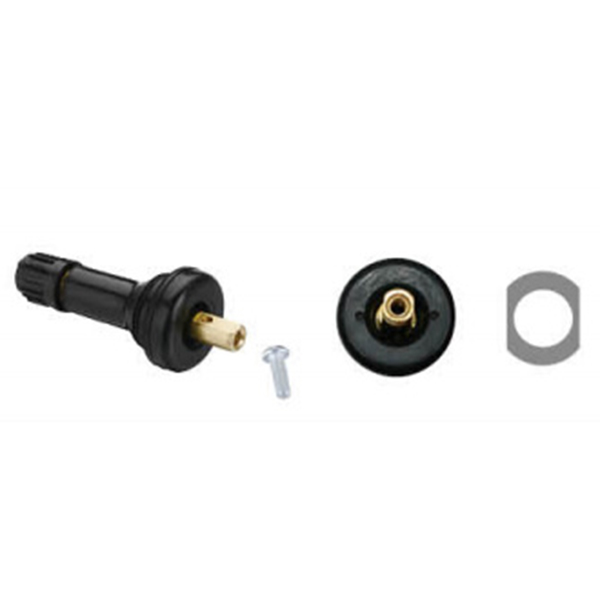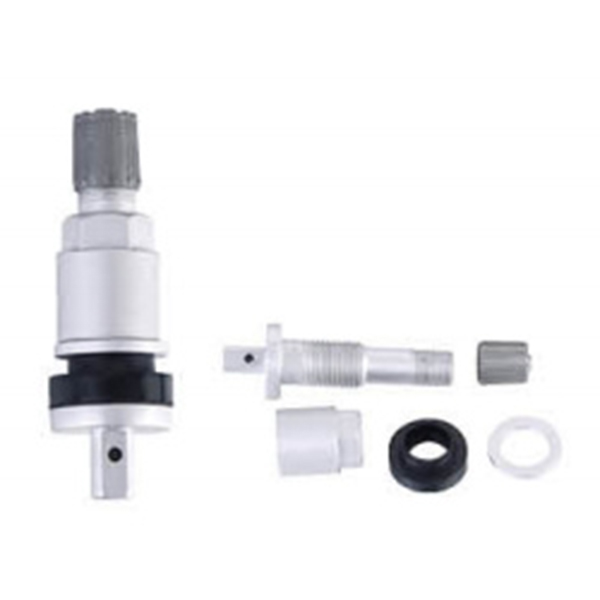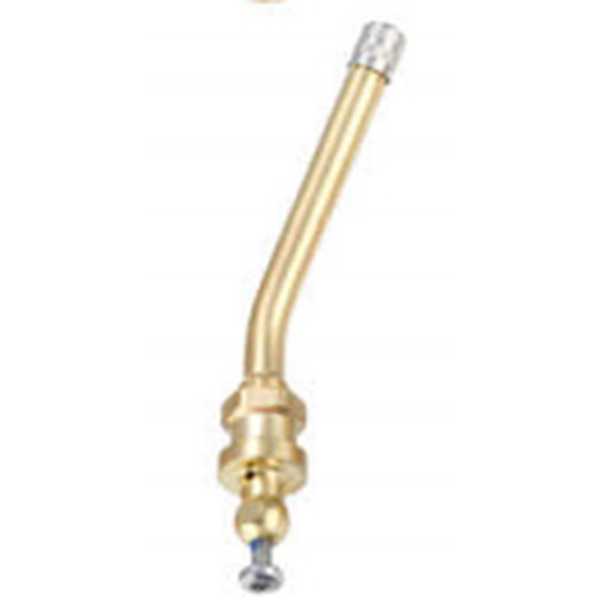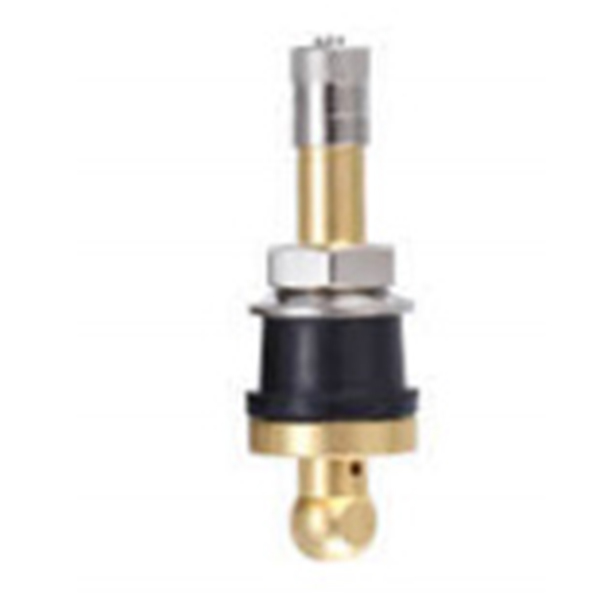Tire pressure monitoring systems (TPMS) are an important safety feature in modern vehicles. Tire pressure monitoring systems is designed to alert the driver when tire pressure is too low, which can lead to a flat tire or even a puncture. The system uses sensors to monitor the air pressure in each tire and if it detects an under-inflated tire, it will alert the driver via a dashboard warning light or digital display. This ensures drivers are always aware of tire pressure, helping to prevent accidents and maintain optimal vehicle performance.
There are two types of TPMS: direct and indirect. Direct TPMS uses sensors inside each tire to monitor air pressure, while indirect TPMS uses the vehicle's anti-lock braking system to monitor tire speed and detect under-inflation. Both systems are effective in alerting drivers to potential tire problems, but direct TPMS is generally more accurate and reliable. It is important for drivers to understand the type of TPMS their vehicle is equipped with and to follow the manufacturer's maintenance and troubleshooting guidelines.
Regular maintenance of the TPMS is essential to ensure its proper operation. This includes checking tire pressure regularly, replacing sensors when needed, and calibrating the system according to the manufacturer's recommendations. Properly maintaining a tire pressure monitoring systems not only helps prevent tire problems and accidents, but also helps improve overall fuel efficiency and vehicle performance. It is important for drivers to proactively maintain their TPMS to ensure road safety. In summary, TPMS is an important safety feature that all drivers should be aware of and have their vehicles regularly maintained.
TPMS valves are an important part of modern vehicles and help ensure tire pressure is maintained at a safe and effective level. When choosing the right TPMS valve for your vehicle, you may be faced with a choice between a rubber TPMS valve and a metal TPMS valve. Both options have their own pros and cons, so it's important to understand the differences of these two TPMS valves before making a decision.
Rubber TPMS valve:
Rubber TPMS valves are the traditional choice for most vehicles. Made of rubber or elastomer material, these valves are flexible and lightweight, making them a popular choice with many automakers. The flexibility of the rubber TPMS valve makes it easy to install and remove, making it a convenient option for tire maintenance.

One of the main advantages of rubber TPMS valves is corrosion resistance. Unlike metal valves, rubber valves are not susceptible to rust or other forms of corrosion, making them a durable option for long-term use. Additionally, rubber valves are more cost-effective than metal valves, making them a budget-friendly option for car owners.
However, there are some disadvantages to using rubber TPMS valves. While rubber valves are corrosion-resistant, they can degrade over time, especially when exposed to extreme temperatures and harsh environmental conditions. This can lead to potential air leaks and require frequent replacement.
Metal TPMS valve:
Metal TPMS valves, on the other hand, are a newer option that have become popular in recent years. Metal valves are made of aluminum or stainless steel and are known for their strength and durability. They are less likely to degrade over time, making them a reliable choice for long-term use.

Another advantage of metal TPMS valves is that they maintain air pressure more efficiently than rubber valves. This helps improve tire performance and fuel efficiency, making metal valves a popular choice for performance-oriented vehicles.
However, metal TPMS valves are also more susceptible to corrosion, especially when used in areas with high salt content or harsh weather conditions. If not properly maintained, this can lead to potential air leaks and the need for premature replacement.
When selecting the appropriate reliable TPMS valve for your vehicle, it is important to consider your vehicle's specific needs and requirements. If you prioritize cost-effectiveness and ease of installation, rubber TPMS valves may be your best choice. On the other hand, if you prioritize durability and performance, metal TPMS valves may be a better choice.
Ultimately, choosing a rubber or metal TPMS valve comes down to personal preference and the specific needs of your vehicle. Whether you choose rubber or metal, proper maintenance and regular inspections are essential to ensure optimal performance and safety.
For tire pressure monitoring systems (TPMS), the reliable TPMS valve is one of the key components that plays an important role in ensuring proper operation. These valves are available in two main materials - rubber and metal. Although both types serve the same purpose, there are some important differences between rubber TPMS valves and metal TPMS valves that are important to consider.
For most vehicles, TPMS snap-in tire valves are the more common and traditional choice. They are usually made of high-quality synthetic rubber material that is durable and flexible. These valves are designed to effectively seal tires and withstand harsh road conditions. TPMS snap-in tire valves are also known for their ability to resist corrosion and rust, making them a reliable choice for long-term use.
TPMS clamp-in tire valves, on the other hand, are becoming increasingly popular due to their durability and strength. TPMS clamp-in tire valves are made of high-quality aluminum or stainless steel and are capable of withstanding higher pressure and temperature ranges than rubber valves. Additionally, metal TPMS valves are resistant to wear and tear, making them a long-lasting option for vehicles with heavy use or extreme conditions.
One major difference between rubber and metal TPMS valves is their ability to withstand temperature changes. Rubber valves are generally more sensitive to extreme temperatures and may become less effective in extremely hot or cold conditions. Metal TPMS valves, on the other hand, have a higher tolerance to temperature changes, making them a more reliable choice in a variety of climates.
In terms of cost, TPMS snap-in tire valves are generally more economical than TPMS clamp-in tire valves. This makes them a popular choice for vehicles where cost-effectiveness is a priority. However, while metal TPMS valves may require a higher initial investment, their durability and long-term performance may make them a cost-effective option in the long run.
Both rubber and metal TPMS valves require proper care and attention during installation and maintenance. However, metal TPMS valves may require more specialized tools and expertise to install and maintain than rubber valves. Additionally, it is important to ensure that the reliable TPMS valve is compatible with the vehicle's TPMS sensor to ensure optimal performance and accuracy.
In conclusion, both rubber and metal TPMS valves have their own advantages and considerations. While rubber valves are a reliable and cost-effective option for most vehicles, metal valves offer greater durability and resilience, especially under extreme conditions. Ultimately, the choice between rubber and metal TPMS valves depends on the specific needs and preferences of the vehicle owner, as well as the driving conditions the vehicle will encounter.
Truck TPMS valves, also known as tire pressure monitoring system valves, play a vital role in ensuring the safety and efficiency of commercial vehicles. These valves are designed to continuously monitor the air pressure within the tires and alert the driver if the pressure falls below recommended levels. This helps prevent tire blowouts, improves fuel efficiency and extends tire life. Therefore, truck TPMS valves are an important component of any commercial truck safety system.
The primary function of a truck TPMS valve is to monitor the air pressure within the tires and transmit this information to the vehicle's onboard computer system. When tire pressure drops below recommended levels, the TPMS valve sends a signal to the system, which then alerts the driver via a dashboard warning light or display. This enables drivers to take immediate action, such as inflating tires to the proper pressure, preventing potential tire failure and road accidents.
In addition to improving safety, truck TPMS valves help increase the efficiency and service life of commercial vehicles. Properly inflated tires reduce rolling resistance, thereby improving fuel economy. By maintaining the correct air pressure in the tires, truck TPMS valves help reduce tire wear, ultimately saving truck operators valuable time and money when replacing tires. Additionally, ensuring your tires are properly inflated can also help improve handling and stability, especially when driving on challenging road conditions.


It is important for truck owners and operators to choose high-quality TPMS valves that are reliable and durable. These valves should be able to withstand the rigors of commercial truck operation, including heavy loads, long trips and varying road surfaces. Additionally, regular maintenance and inspections are critical to ensure proper operation of top-quality TPMS valves. By investing in top-quality TPMS valves and prioritizing regular maintenance, truck owners can maximize the safety and efficiency benefits of these critical components.
In summary, top-quality TPMS valves are an integral part of commercial truck safety and maintenance. By constantly monitoring tire pressure and alerting the driver of any differences, these valves help prevent tire failure and road accidents. Additionally, they improve fuel efficiency and extend tire life, ultimately saving truck operators time and money. It is critical for truck owners and operators to invest in high-quality TPMS valves and prioritize regular maintenance to ensure the safety and efficiency of their commercial vehicles.




